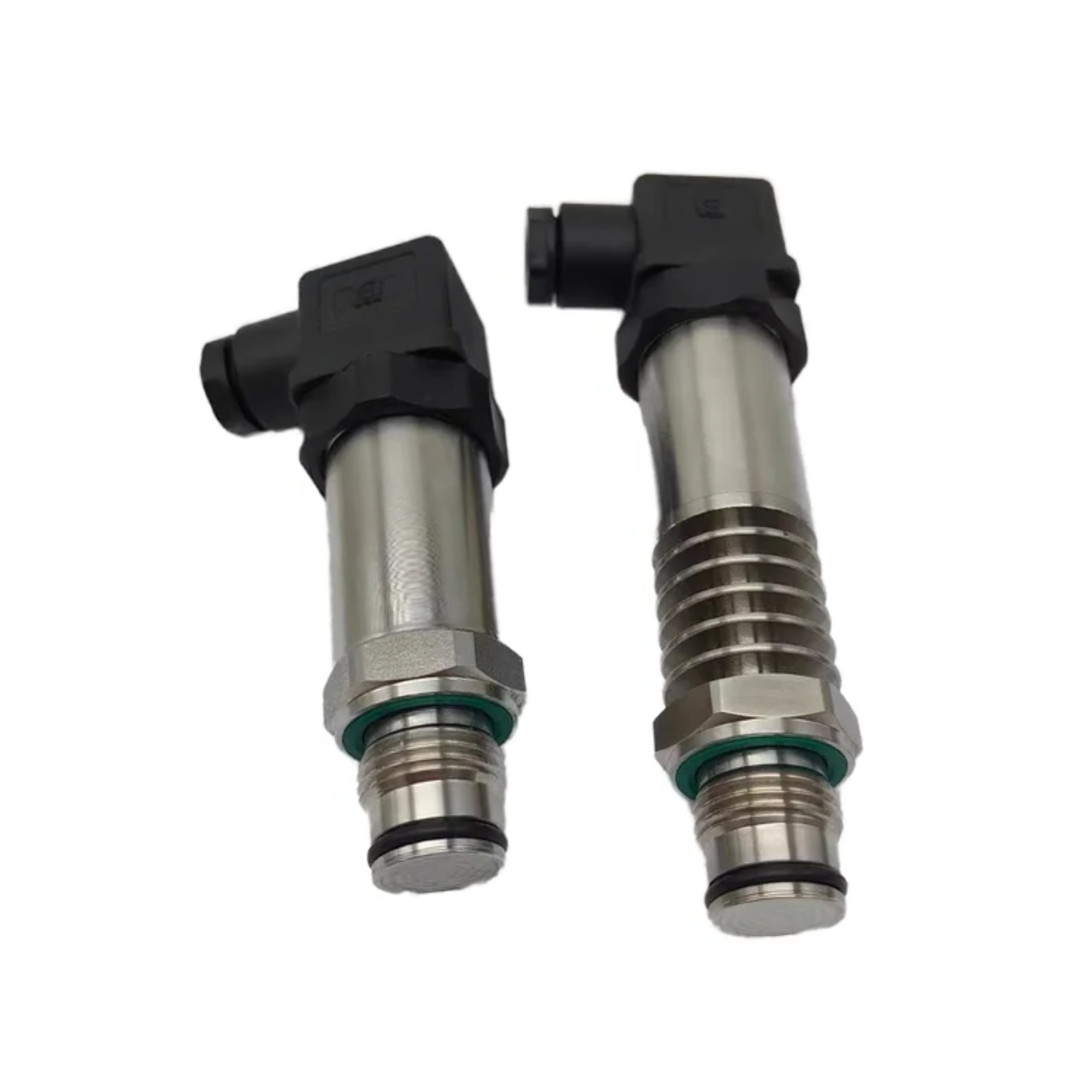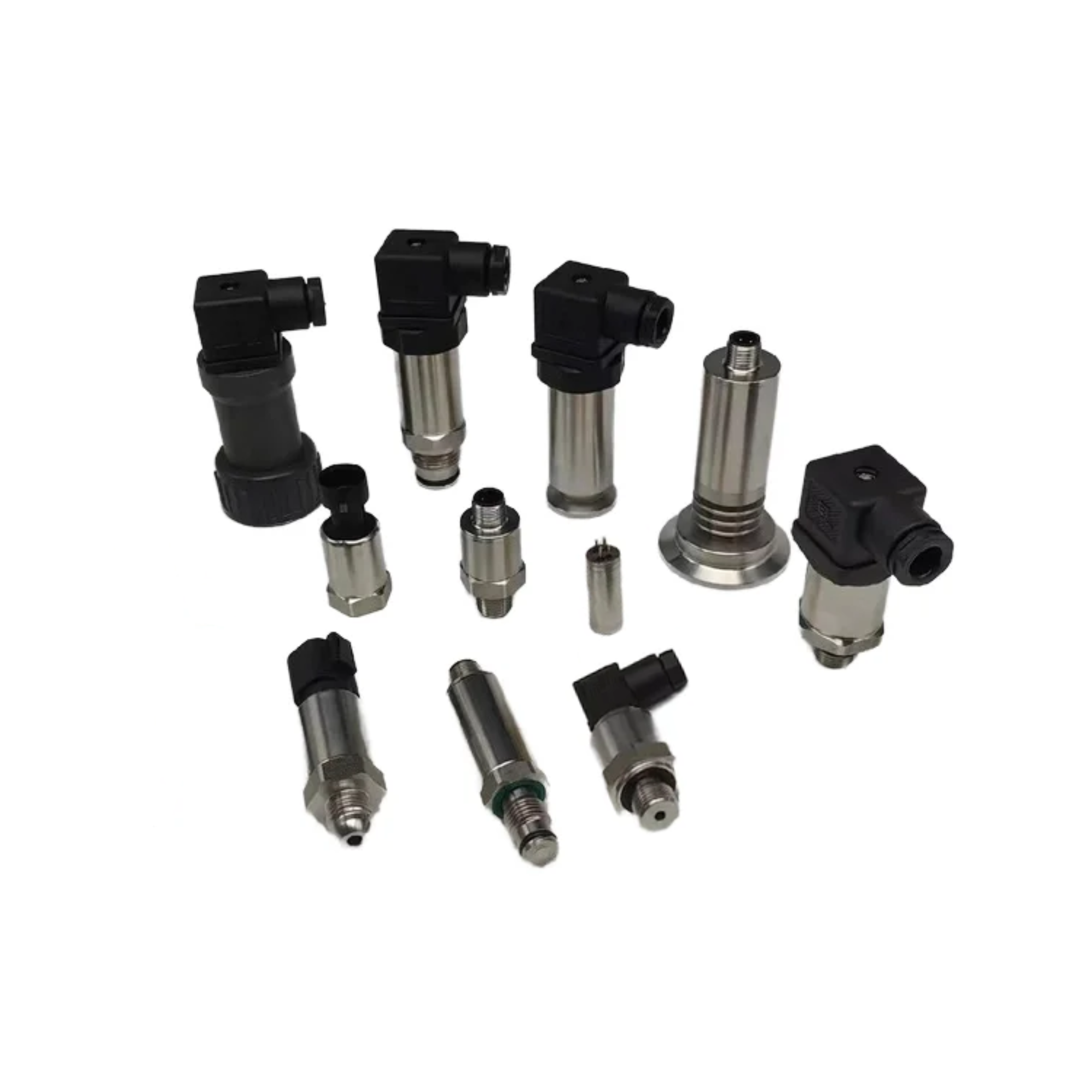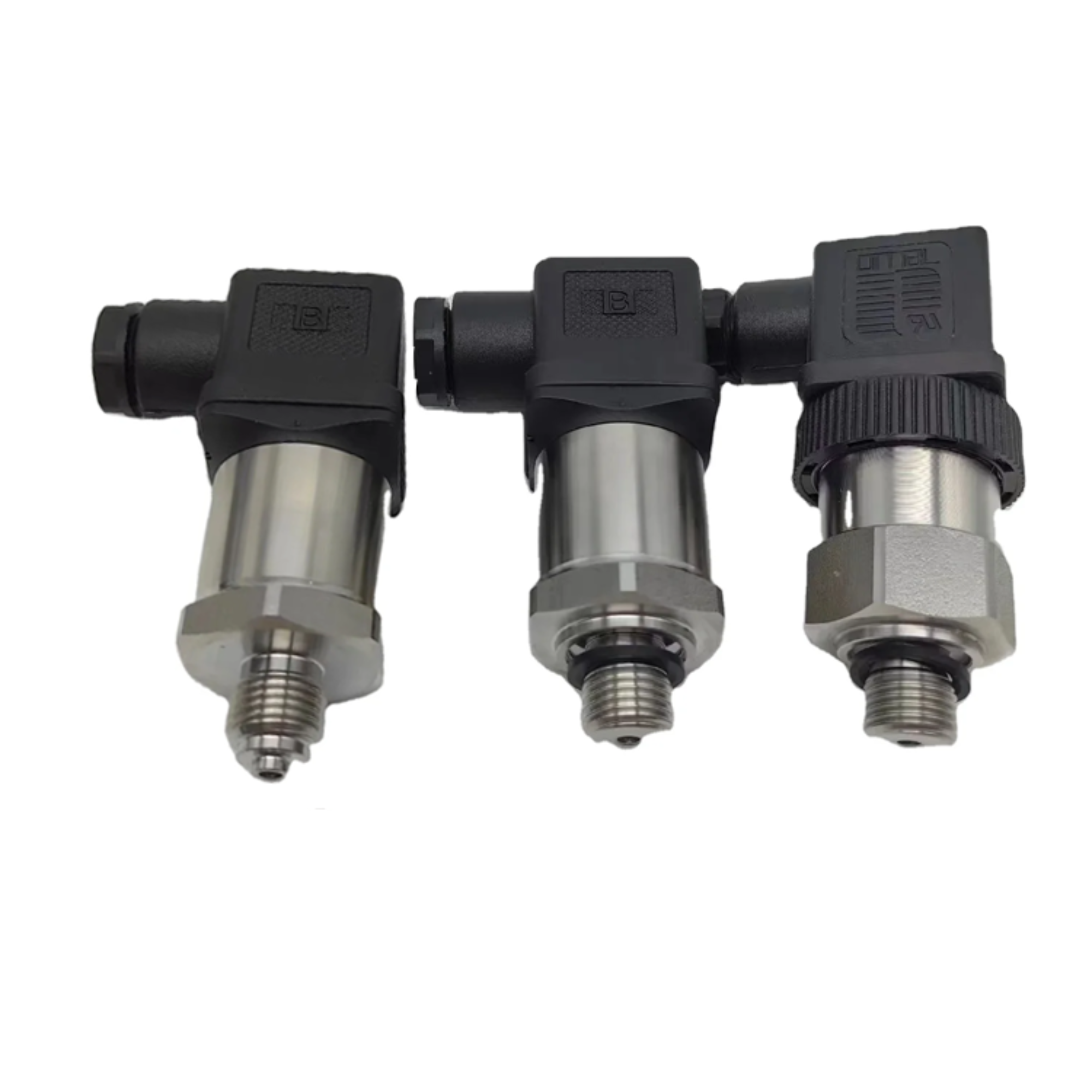The Gauge Pressure Transducer, Wonder of it all: The Safety and the Quality part
If you are looking for a robust and durable way to measure the pressure in your project or industrial equipment then look no more. Well look no further... for this is the gage pressure transducer. This new creation is quite effective and also safe to utilize. In this blog post, we would like to help you fathom what gauge pressure transducers are and how they can assist in multiple applications.
Gauge pressure transducer
A gauge pressure transducer is a type of instrument that measures the liquid or gas as compared to air in surrounding environment. There is a force sensitive resistor that can be attached to an object to detect the change in pressure applied and translated into electrical signals which are easy to understand. To protect it and make sure that the sensing element is not tampered with, a protective cover is installed over here.
Benefits of Gauge Pressure Transducers:
Compared with a traditional pressure gauge, the advantages of a scleroscope are obvious. Its accuracy (in most models) is a stand out feature-they are always at the top of our results-down to very low pressures, and entirely free from any impact from temperature or humidity. Not only that these transducers also last longer because they don't wear out like a mechanical gauge.
In addition, they are known for their accuracy compared to mechanical gauges that may miss the finest pressure changes. These features make them a favorite for very critical applications where accuracy is of the utmost importance. In addition, these transducers have a friendly user interface and they can be easily mounted without the assistance of other powers or signal conditioners.
Safety is paramount in any industrial environment. The gauge pressure transducers ensure safety by removing the necessity for a human touch to read of pressure. They are built to tolerate harsh environments such as blistering temperatures, strong shocks or extreme vibration. These transducers are sealed veritably in a hermetical or an IP-rated body to prevent dust and water from getting inside the device.

The sky is the limit for gauge pressure transducers with a variety of applications in such fields as hydraulic systems, water treatment plants, chemical processing facilities and HVAC. Common ApplicationsThese transducers can measure the pressure of gaseous, liquid and even corrosive medium. Besides, they are key in detecting pressure oscillations on engines that parts of machinery or storage bin hosts.
How to Use:
The process is actually quite simple for using some gauge pressure transducers. First you have to define what is your desired battery level of pressure for measuring. In turn, you couple the transducer with a system or apparatus that needs to be monitored. Following this, the transducer produces an electrical signal equivalent to the pressure value and can be incorporated into a display, data collection device or controller for inputs used in further processing and evaluation of resultant information.

Like any other precision instrument, gauge pressure transducers require regular calibration and maintenance to maintain their accuracy and performance. It is all related to calibration procedures that are done in order to fine tune the readings of transducers with actual pressure values and some steps taken for maintenance purpose, making sure there would be no issues like sensor damage or leak. These are major tasks for which professional service providers can be enlisted to do.

Acquiring these gauge pressure transducers requires that you choose suitable tools capable of handling your needs, and for this reason a few basic aspects must be kept in mind; high quality. Heavy Duty **Seek out transducers that offer superior accuracy, a wider measurement range and long service life. Also, think about who the vendor is, how trustworthy they are and what guarantees or feedback there are from other customers. Many suppliers will provide a sample or demonstration of their transducer to give you an idea how it performs, and if this unit is suitable for your measurements.
Universities,research institutes gauge pressure transducer based technologies mainclientsour flowmeter. Theyprovides services more20,000 customersacross worldexports more60 countries
factory covers 3000 square meters and six product lines, more 40 gauge pressure transducer products more 100 models. These used areas such as water semiconductors, environmental protection, metallurgy, petroleum, natural gas medical.
company certifications such ISO9001, CE SGS. addition, it several patents, like gauge pressure transducer flow meters orifices, high-temperature water quality analysis equipment, that protected exclusive intellectual property rights.
primary products offered company included ultrasonic flow meters,electromagnetic flow meters, vortex flow meters, differential pressure flow meters floatinggauge pressure transducer pressure transmitters, liquid level transmitters, gas analyzers, thermocouples waterquality analyzers.
Gauge pressure transducers have a wide variety of applications in numerous industries given their versatility. Applications include monitoring refrigerant pressure, airflow and filter condition in HVAC systems. In the oil and gas industry, they are used to measure drilling depth, wellhead pressure or pipeline conditions. Water treatment plants benefit from these transducers to modulate flow rates, monitor pressure variances and flag leaks. Examples include tire pressure monitoring, engine oil-pressure sensing and braking systems condition-sensing in automotive applications. Additionally, in aerospace applications these transducers are necessary to sense fuel tank pressure and determine altitude or the level of cabin pressures.
Copyright © Weibao Information Technology (Shanghai) Co,Ltd. All Rights Reserved